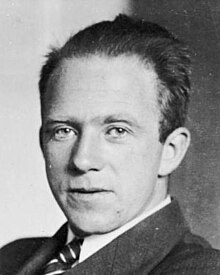| Haigerloch research reactor | |
|---|---|
 Reproduction of the reactor in the Atomic Cellar Museum | |
| Coordinates | 48°22′2″N 8°48′15″W / 48.36722°N 8.80417°W |
| Construction and Upkeep | |
| Construction Began | End of February 1945 |
| Shutdown date | April 24th 1945 |
| Technical Specifications | |
| Fuel Type | Heavy water reactor |

The Haigerloch Research Reactor was a German nuclear reactor test facility. It was built in a rock cellar in Hohenzollerischen Lande Haigerlochearly in 1945 as part of the German nuclear program during World War II.
In this last large-scale experiment of the uranium project with the name B8, a nuclear chain reaction was induced and observed by neutron bombardment of uranium in heavy water. The criticality of the chain reaction was not achieved; the plant was also not designed for operation in a critical state, and the term reactor often used for it today is therefore only applicable to a limited extent. Later calculations showed that the reactor would have had to be about one and a half times the size to become critical.
The US-American Special Alsos unit found the facility on April 23, 1945, and dismantled it the following day. The scientists involved were captured and the materials used were flown out to the United States. Today, the Atomic Cellar Museum is located at the former site of the reactor.